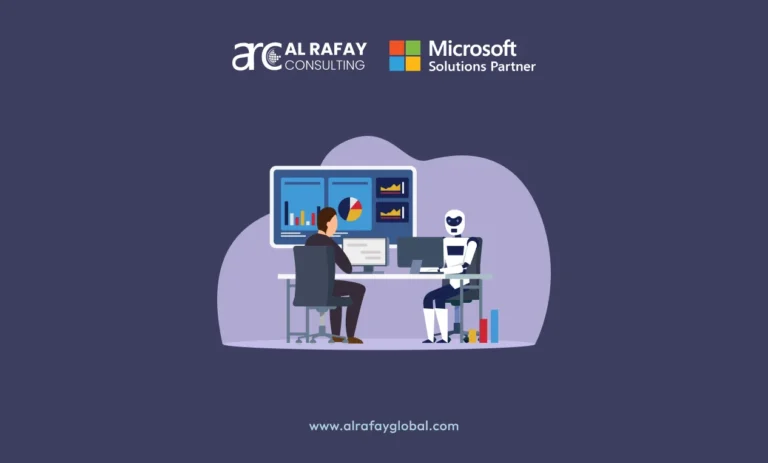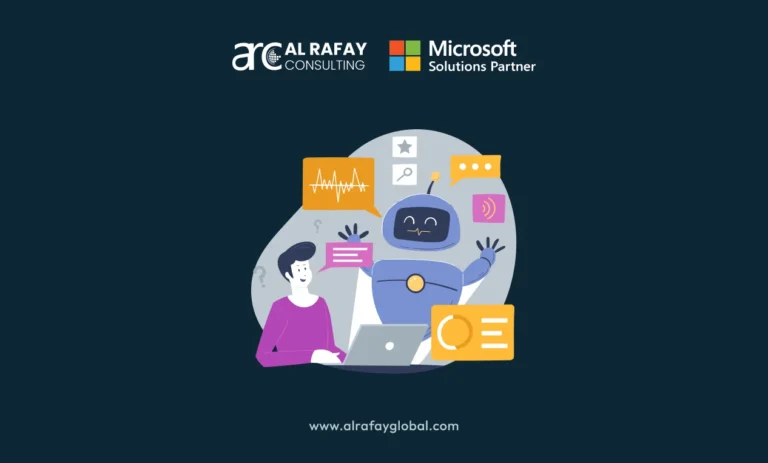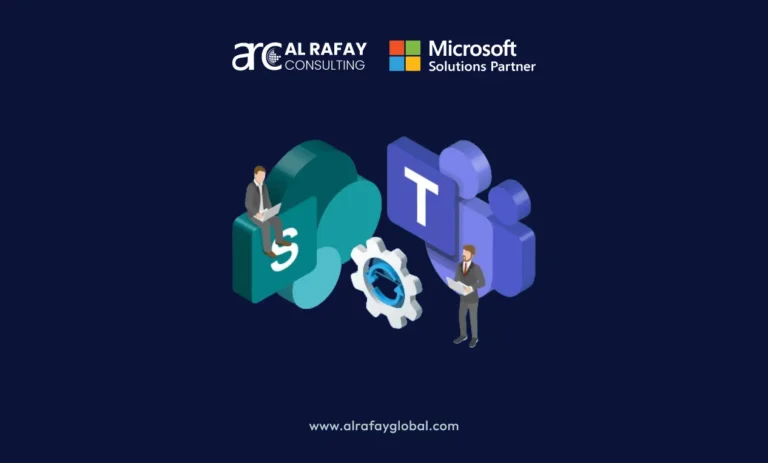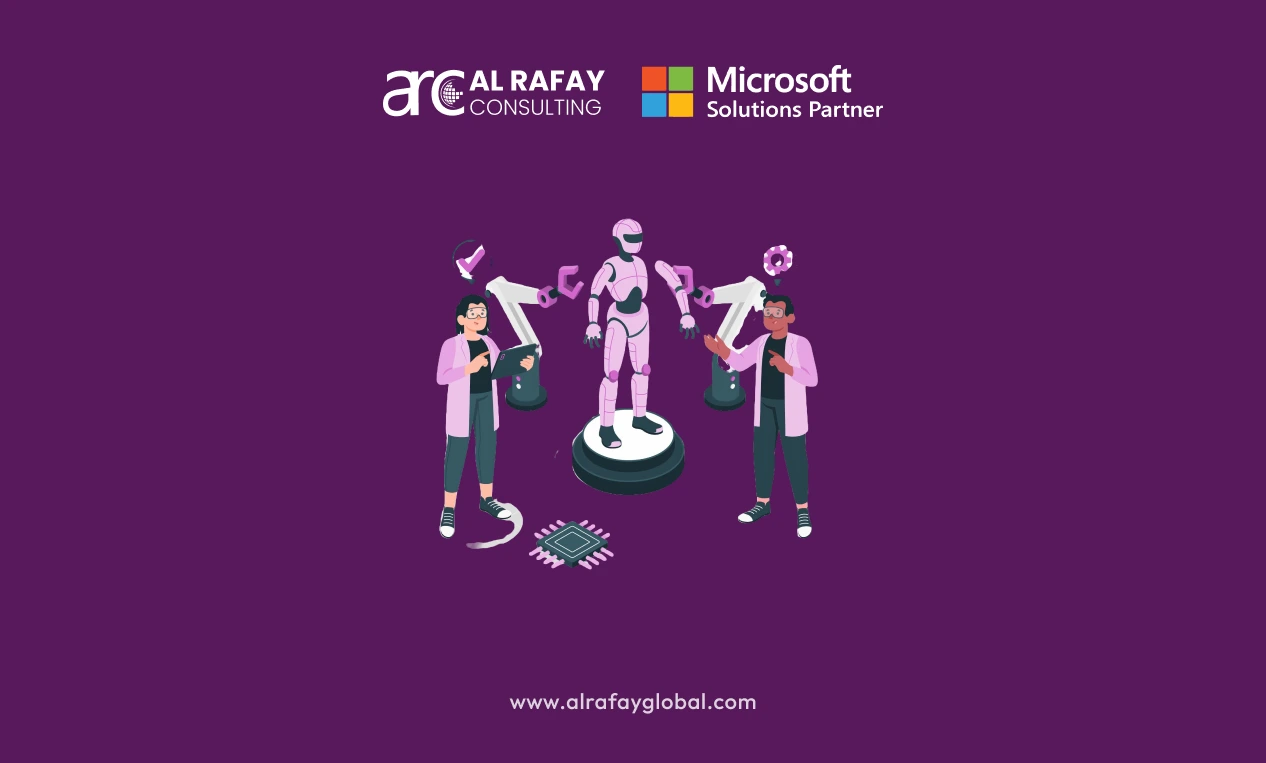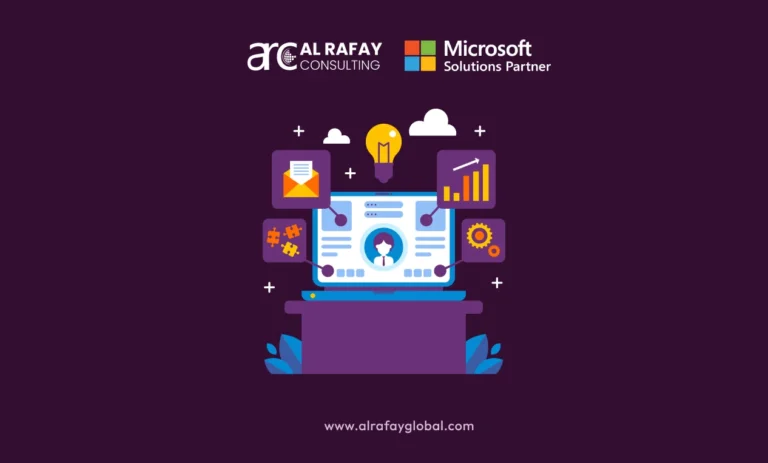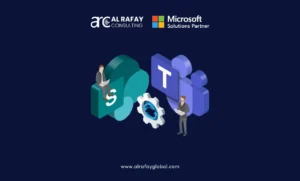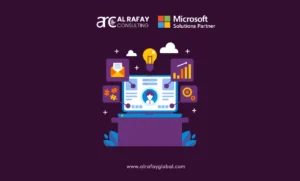In today’s rapidly evolving technological landscape, businesses are increasingly turning to automation to streamline operations and reduce costs. One of the most transformative tools in this shift is Robotic Process Automation (RPA). RPA enables organizations to automate repetitive, rule-based tasks that typically consume valuable employee time, allowing human workers to focus on higher-level, strategic functions. RPA is a powerful enabler of business efficiency and plays a key role in improving operational productivity, accuracy, and compliance.
The significance of RPA extends across various industries, from finance and healthcare to manufacturing and retail. By leveraging RPA, businesses can significantly reduce human errors, ensure consistency in processes, and enhance their overall scalability. According to a report by Statista, the global market for RPA can reach $13.39 billion by 2030.
In this blog, we will explore the different types of RPA—Attended Automation, Unattended Automation, Hybrid Automation, Cognitive Automation, and Intelligent Process Automation (IPA)—along with their characteristics and real-world applications. By understanding these types, businesses can make informed decisions about which automation strategy is best suited to their needs.
What is Robotic Process Automation (RPA)?
Robotic Process Automation (RPA) is the use of software robots, or “bots,” to automate routine, repetitive tasks that were once performed by humans. These tasks typically follow a set of predefined rules, making them ideal for automation. RPA works across various software systems without the need for significant changes to the existing IT infrastructure.
The primary goal of RPA is to handle tasks such as data entry, processing transactions, managing data, and interacting with digital systems autonomously. It is often described as “digital labor” because it mimics human actions by interacting with applications, manipulating data, and triggering responses.
How RPA Works
RPA systems comprise several components:
- Bots: Software agents that perform automated tasks.
- Workflows: Sequences of instructions or rules that guide bots through the processes they are automating.
- Algorithms: Complex decision trees that bots use to handle more sophisticated tasks.
- Bots: Software agents that perform automated tasks.
The bots interact with user interfaces (UI) just as a human worker would, executing workflows that span across multiple systems such as ERP, CRM, and financial platforms. As a result, RPA can be implemented quickly without modifying existing software.
Benefits of RPA
- Cost Reduction: By automating manual tasks, successful operations centers can cut costs by 30% to 60% and improve delivery quality, according to studies by McKinsey.
- Enhanced Productivity: RPA operates 24/7, enabling continuous work without human intervention, leading to a significant boost in productivity.
- Reduced Human Error: Since RPA bots follow predefined rules, they eliminate the potential for human mistakes that can occur due to fatigue or distraction.
- Scalability: RPA can be scaled up or down depending on business needs without the need for hiring additional staff.
- Cost Reduction: By automating manual tasks, successful operations centers can cut costs by 30% to 60% and improve delivery quality, according to studies by McKinsey.
Challenges
- Implementation Barriers: Initial setup and deployment of RPA solutions require careful planning and collaboration between business and IT teams.
- Monitoring and Updates: RPA bots require ongoing monitoring and regular updates to ensure they are functioning as intended, especially when software applications they interact with are updated.
- Job Displacement: The automation of repetitive tasks can lead to concerns about job security for employees performing such tasks.
- Implementation Barriers: Initial setup and deployment of RPA solutions require careful planning and collaboration between business and IT teams.
Transition to Types of RPA
Given the wide range of tasks that can be automated, different types of RPA have emerged to handle varying degrees of complexity and human interaction. Let’s explore these types in detail.
Attended Automation
Attended Automation refers to RPA bots that work alongside humans to assist with tasks in real time. These bots are triggered by human actions and typically perform tasks that require some level of human intervention or decision-making. Attended bots are often used in front-office scenarios where quick responses are necessary, such as customer service and sales operations.
Key Features
- Human Intervention: The bot operates under the direct control of a human worker, intervening only when prompted.
- Real-Time Execution: Attended bots perform actions in real time, reacting to user commands or system events immediately.
- Front-Office Operations: These bots are particularly useful for customer-facing roles, where they can assist in tasks such as data retrieval or providing real-time suggestions during customer interactions.
- Human Intervention: The bot operates under the direct control of a human worker, intervening only when prompted.
Use Cases
- Customer Support: Attended bots can assist customer support agents by providing relevant information during calls or chats. For instance, a bot can pull up customer history or suggest troubleshooting steps.
- Healthcare: Bots can assist healthcare workers by automating the entry of patient information into medical records during consultations, reducing the administrative burden on healthcare professionals.
- Sales: In sales, attended bots can provide real-time data about customers or products, assisting sales teams in making quick and informed decisions.
- Customer Support: Attended bots can assist customer support agents by providing relevant information during calls or chats. For instance, a bot can pull up customer history or suggest troubleshooting steps.
Pros
- Enhances Employee Efficiency: By handling routine tasks, attended bots free up human workers to focus on more complex and value-added activities.
- Improves Customer Interactions: In customer-facing roles, bots can help deliver faster and more accurate information, improving customer satisfaction.
- Quick Deployment: Since attended bots typically interact with existing systems and workflows, they can be deployed relatively quickly with minimal changes to the IT infrastructure.
- Enhances Employee Efficiency: By handling routine tasks, attended bots free up human workers to focus on more complex and value-added activities.
Cons
- Limited Scalability: Since attended bots require human intervention, they cannot be scaled as easily as unattended bots.
- Continuous Monitoring Required: Attended bots need to be monitored constantly, as they rely on human input to perform their tasks.
- Limited Scalability: Since attended bots require human intervention, they cannot be scaled as easily as unattended bots.
Industry Examples
- Financial Services: In the banking sector, attended bots are used to assist customer service representatives by automating the retrieval of customer account information during calls.
- Customer Service: Call centers use attended automation to reduce the time agents spend on manual tasks, enabling them to focus on resolving customer issues faster.
- Financial Services: In the banking sector, attended bots are used to assist customer service representatives by automating the retrieval of customer account information during calls.
Unattended Automation
Unattended Automation refers to RPA bots that operate without human intervention. These bots are capable of performing entire processes autonomously, often in the background, without needing human oversight. Unattended bots are ideal for automating back-office tasks that are repetitive, rule-based, and do not require real-time human interaction.
Key Features
- Autonomy: Unattended bots are fully autonomous, meaning they can work independently of human control.
- 24/7 Operation: These bots can operate continuously, even outside of normal working hours.
- Trigger-Based or Scheduled: Unattended bots can be triggered by specific events (e.g., receiving an invoice) or scheduled to run at certain times (e.g., batch processing at night).
- Autonomy: Unattended bots are fully autonomous, meaning they can work independently of human control.
Use Cases
- Invoice Processing: Bots can automate the entire process of receiving, verifying, and processing invoices, ensuring consistency and accuracy.
- Data Migration and Reconciliation: In finance, bots can automate data reconciliation processes across multiple systems, reducing the manual effort required to verify and consolidate data.
- HR Operations: Tasks such as employee onboarding, payroll processing, and benefits administration can be handled by unattended bots, reducing HR workload.
- Invoice Processing: Bots can automate the entire process of receiving, verifying, and processing invoices, ensuring consistency and accuracy.
Pros
- High Scalability: Since these bots operate without human intervention, they can be scaled easily to handle increasing volumes of tasks.
- Consistent Performance: Unattended bots deliver consistent results, eliminating the variability introduced by human workers.
- Works Across Systems: These bots can interact with multiple systems and applications, making them highly versatile in automating end-to-end processes.
- High Scalability: Since these bots operate without human intervention, they can be scaled easily to handle increasing volumes of tasks.
Cons
- Complex Initial Setup: Deploying unattended bots requires significant planning, as processes need to be clearly defined and the bots must be integrated with multiple systems.
- Requires Well-Defined Rules: Since unattended bots follow predefined workflows, they are only effective when the processes being automated are well-structured and rule-based.
- Complex Initial Setup: Deploying unattended bots requires significant planning, as processes need to be clearly defined and the bots must be integrated with multiple systems.
Industry Examples
- Manufacturing: In manufacturing, unattended bots are used to automate inventory management and supply chain processes, ensuring smooth operations.
- Finance: In financial institutions, unattended bots are used for automating tasks such as reconciliation, data entry, and regulatory reporting.
- Manufacturing: In manufacturing, unattended bots are used to automate inventory management and supply chain processes, ensuring smooth operations.
Hybrid Automation
Hybrid Automation combines both attended and unattended automation, creating a seamless integration of front-office and back-office processes. This approach enables businesses to leverage the strengths of both types of bots—attended bots for real-time, customer-facing tasks and unattended bots for autonomous, background processes.
Key Features
- Integration of Attended and Unattended Bots: Hybrid automation allows for the coordination of both types of bots, creating end-to-end process automation.
- Flexibility: This approach is highly flexible, allowing businesses to deploy bots where needed, whether in the front office or back office.
- End-to-End Automation: Hybrid automation enables businesses to automate entire workflows that span across different departments and functions.
- Integration of Attended and Unattended Bots: Hybrid automation allows for the coordination of both types of bots, creating end-to-end process automation.
Use Cases
- Customer Service: In a customer service scenario, attended bots can handle initial interactions with customers (e.g., answering common queries), while unattended bots work in the background to process data or resolve issues.
- Healthcare: In healthcare, hybrid automation can be used to automate patient diagnosis processes, where attended bots assist healthcare workers with data entry, while unattended bots analyze large datasets to support decision-making.
- Customer Service: In a customer service scenario, attended bots can handle initial interactions with customers (e.g., answering common queries), while unattended bots work in the background to process data or resolve issues.
Pros
- Maximized Efficiency and Flexibility: By combining both attended and unattended bots, businesses can achieve higher efficiency across their operations while maintaining flexibility.
- Ability to Handle Complex Workflows: Hybrid automation can manage more complex workflows that require both human intervention and autonomous execution.
- Maximized Efficiency and Flexibility: By combining both attended and unattended bots, businesses can achieve higher efficiency across their operations while maintaining flexibility.
Cons
- Difficult to Manage and Orchestrate: Hybrid automation requires careful orchestration to ensure smooth communication between attended and unattended bots, as well as between human workers and bots.
- Higher Initial Investment: Deploying hybrid automation may require a significant initial investment in both technology and training.
- Difficult to Manage and Orchestrate: Hybrid automation requires careful orchestration to ensure smooth communication between attended and unattended bots, as well as between human workers and bots.
Cognitive Automation
Cognitive Automation is a more advanced form of RPA that integrates artificial intelligence (AI) and machine learning (ML) technologies. Unlike traditional RPA, which is limited to rule-based tasks, cognitive automation enables bots to handle semi-structured and unstructured data, making decisions based on historical data and learning from their actions. This allows cognitive bots to manage more complex processes that require higher levels of decision-making and adaptability.
Key Features
- AI and Machine Learning Integration: Cognitive automation incorporates AI algorithms and machine learning models to enhance decision-making and adapt to new data over time.
- Natural Language Processing (NLP): Cognitive bots can understand and interpret human language, enabling them to process unstructured data such as emails, documents, and voice commands.
- Decision-Making Capabilities: Cognitive bots can analyze data, detect patterns, and make decisions without human intervention.
- AI and Machine Learning Integration: Cognitive automation incorporates AI algorithms and machine learning models to enhance decision-making and adapt to new data over time.
Use Cases
- Fraud Detection in Banking: Cognitive bots can analyze transaction data to identify potentially fraudulent activity in real time, alerting human workers only when necessary.
- Insurance Claims Processing: In the insurance industry, cognitive bots can automate claims processing by analyzing documents and identifying key information for claims approval.
- Predictive Maintenance in Manufacturing: Cognitive automation is used in manufacturing to predict equipment failures based on historical performance data, reducing downtime and improving operational efficiency.
- Fraud Detection in Banking: Cognitive bots can analyze transaction data to identify potentially fraudulent activity in real time, alerting human workers only when necessary.
Pros
- Can Process Unstructured Data: Cognitive bots can handle unstructured and semi-structured data, enabling businesses to automate a wider range of processes.
- Enhanced Decision-Making Capabilities: By leveraging AI and machine learning, cognitive bots can make decisions and adapt to new information, improving the overall effectiveness of automation.
- Self-Learning and Improvement: Cognitive bots can learn from their actions and improve their performance over time, reducing the need for constant updates.
- Can Process Unstructured Data: Cognitive bots can handle unstructured and semi-structured data, enabling businesses to automate a wider range of processes.
Cons
- High Cost of Implementation: Implementing cognitive automation requires a significant investment in both AI technologies and expertise, making it more expensive than traditional RPA.
- Requires AI/ML Expertise: Deploying cognitive automation requires a team of skilled professionals with expertise in AI, machine learning, and data science.
- High Cost of Implementation: Implementing cognitive automation requires a significant investment in both AI technologies and expertise, making it more expensive than traditional RPA.
Industry Examples
- Banking: Cognitive automation is used to detect fraudulent transactions by analyzing patterns in customer behavior and transaction data.
- Insurance: Cognitive bots are used to process insurance claims more efficiently by extracting information from documents and making decisions based on predefined criteria.
- Retail: Retailers use cognitive bots to optimize supply chain management by predicting demand and identifying potential disruptions.
- Banking: Cognitive automation is used to detect fraudulent transactions by analyzing patterns in customer behavior and transaction data.
Intelligent Process Automation (IPA)
Intelligent Process Automation (IPA) is the convergence of RPA with AI technologies such as machine learning, big data analytics, and cognitive computing. IPA goes beyond the traditional capabilities of RPA by adding cognitive abilities, enabling bots to learn, reason, and adapt to changing business environments. IPA is designed to handle more dynamic and decision-based processes that require continual improvement over time.
Key Features
- AI, Machine Learning, and Big Data Integration: IPA uses AI and machine learning to enhance decision-making and adapt to new data.
- Automated Workflows that Evolve: IPA workflows are not static; they continually improve based on data analysis and machine learning models.
- Decision-Based Processes: Unlike traditional RPA, which is limited to rule-based automation, IPA can handle more complex processes that involve decision-making and reasoning.
- AI, Machine Learning, and Big Data Integration: IPA uses AI and machine learning to enhance decision-making and adapt to new data.
Use Cases
- Automated Customer Service: IPA is used to create highly personalized customer interactions by analyzing customer data and predicting future needs or preferences.
- Predictive Analytics for Marketing Campaigns: Marketing teams use IPA to analyze customer behavior and optimize campaigns in real time, improving the effectiveness of marketing strategies.
- Complex Supply Chain Optimization: In supply chain management, IPA is used to analyze real-time data and make decisions about inventory management, production schedules, and logistics.
- Automated Customer Service: IPA is used to create highly personalized customer interactions by analyzing customer data and predicting future needs or preferences.
Pros
- Highest Level of Automation: IPA offers the most advanced form of automation available, combining RPA with AI to handle complex and dynamic tasks.
- Continual Process Improvement: IPA workflows are designed to improve over time, making processes more efficient and adaptive to changing conditions.
- Can Handle Complex Tasks: IPA is capable of handling tasks that require decision-making, reasoning, and adaptation, making it suitable for dynamic business environments.
- Highest Level of Automation: IPA offers the most advanced form of automation available, combining RPA with AI to handle complex and dynamic tasks.
Cons
- Requires Significant Investment: Implementing IPA requires a considerable investment in both technology and talent, as well as time for deployment and learning.
- Longer Deployment and Learning Curves: Since IPA involves advanced AI and machine learning, the deployment process can be longer and more complex than traditional RPA.
- Requires Significant Investment: Implementing IPA requires a considerable investment in both technology and talent, as well as time for deployment and learning.
Industry Examples
- E-commerce: IPA is used in e-commerce to automate personalized recommendations for customers based on their browsing and purchase history.
- Supply Chain Management: In supply chain management, IPA is used to optimize production schedules, inventory levels, and logistics based on real-time data.
- Healthcare: IPA is used in healthcare to automate patient diagnosis and treatment planning by analyzing medical records and patient data.
- E-commerce: IPA is used in e-commerce to automate personalized recommendations for customers based on their browsing and purchase history.
Selecting the Right Type of RPA for Your Business
Factors to Consider
When selecting the right type of RPA for your business, several factors need to be considered:
- Nature of Tasks: Are the tasks repetitive and rule-based, or do they require decision-making and adaptability?
- Budget Constraints: How much can your business invest in automation technologies?
- IT Infrastructure: Does your current IT infrastructure support the integration of RPA solutions?
- Scalability Requirements: How scalable does your automation solution need to be?
- Skill Set Available: Does your organization have the necessary expertise to implement and maintain RPA solutions, especially those involving AI and machine learning?
- Nature of Tasks: Are the tasks repetitive and rule-based, or do they require decision-making and adaptability?
Examples of Best Fit by Industry
- Attended Automation: Best suited for industries that rely heavily on customer interactions, such as retail and customer service.
- Unattended Automation: Ideal for high-volume, back-office tasks such as data processing, making it well-suited for finance and logistics.
- Cognitive Automation: Best suited for industries that handle large volumes of unstructured data, such as legal and healthcare.
- Attended Automation: Best suited for industries that rely heavily on customer interactions, such as retail and customer service.
The Future of RPA
The future of Robotic Process Automation (RPA) is poised for significant evolution, driven by advancements in technology and shifting business needs.
Integration of Artificial Intelligence
One of the most critical trends is the integration of artificial intelligence (AI) with RPA. This synergy enables RPA to handle not only structured data but also unstructured data, leading to more sophisticated automation solutions. As AI technologies advance, RPA tools will increasingly incorporate machine learning and natural language processing, allowing them to adapt and learn from their environments.
Rise of Hyperautomation
The trend toward hyper-automation is gaining momentum. Hyperautomation refers to the combination of multiple automation tools and technologies to streamline complex business processes. The Hyper Automation market is expected to experience significant growth, with its value anticipated to increase from USD 37.96 billion in 2023 to USD 131.48 billion by 2032 according to report by Market Research Future. This approach encourages organizations to assess their entire operation and automate workflows holistically, rather than in isolated silos. As businesses recognize the benefits of end-to-end automation, the demand for comprehensive RPA solutions that can seamlessly integrate with existing systems will rise.
Increased Adoption of Cloud-Based Solutions
The adoption of cloud-based RPA solutions will increase. The flexibility and scalability of cloud infrastructure make it easier for organizations to implement RPA without heavy upfront investments in hardware. This transition to cloud environments will enable businesses to adapt quickly to changing demands and integrate RPA with other digital transformation initiatives.
Focus on Governance, Security, and Compliance
The emphasis on governance, security, and compliance in RPA implementation will grow. Organizations will need to establish robust frameworks to ensure that automated processes adhere to regulatory standards and protect sensitive data. This focus on compliance will drive the development of more secure RPA tools and practices, ensuring that automation aligns with broader business objectives and risk management strategies.
Conclusion
Robotic Process Automation (RPA) provides diverse options for task automation and operational efficiency, including attended and unattended bots and advanced cognitive solutions. The future of RPA integrates AI and machine learning, with hyper-automation emerging as a trend. As digital transformation accelerates, businesses should explore RPA to optimize processes and foster growth.
For any enterprise AI consulting needs in your organization, consult with our team of AI experts certified by Microsoft at Al Rafay Consulting.

